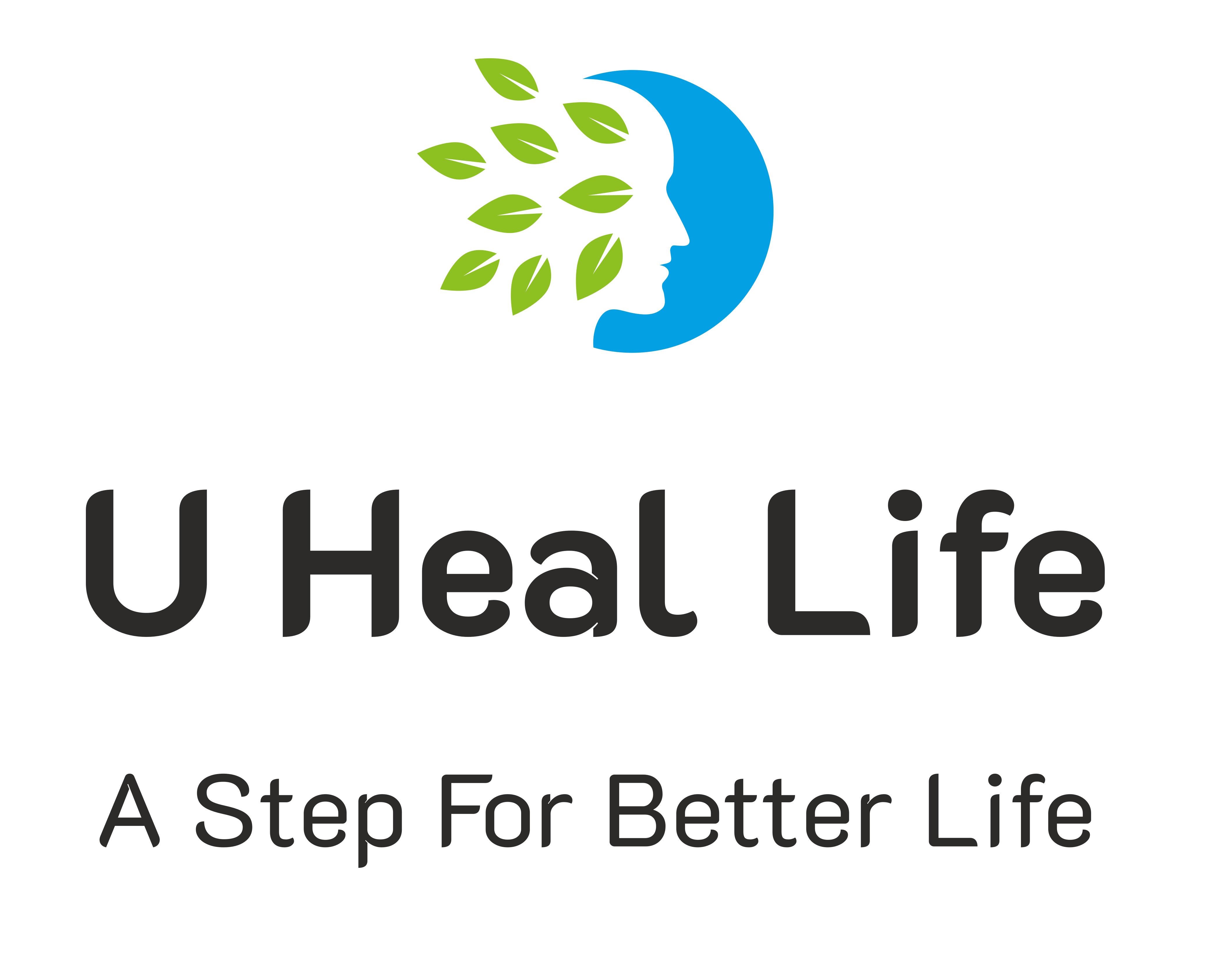Personality is a reflection of both conscious and processes
Personality is a complex and multifaceted aspect of human nature that shapes how individuals think, feel, and behave. It is often seen as a reflection of both conscious and subconscious processes at play. In this article, we will delve into the intriguing interplay between these two aspects and explore how they contribute to the development and expression of personality.
Conscious Processes: The Tip of the Iceberg
Conscious processes are those that we are aware of and intentionally engage in. They involve our thoughts, beliefs, intentions, and the actions we choose to take. These processes reflect our self-awareness and reasoning abilities. Through conscious processes, we make deliberate decisions, set goals, and react to various situations.
Conscious processes play a significant role in shaping our personality. They are influenced by our upbringing, education, and life experiences. For example, a person who has been taught to value honesty and integrity is likely to exhibit these traits consciously. Similarly, an individual who has experienced trauma may consciously develop coping mechanisms to deal with the emotional aftermath.
In addition to reflecting our conscious choices, our behavior and personality are also influenced by subconscious processes, which often operate beneath our awareness.
Subconscious Processes: The Hidden Influences
Below the surface of conscious awareness lies a vast realm of subconscious processes. These are the thoughts, emotions, and behaviors that occur outside our immediate awareness. Subconscious processes include automatic responses, emotional reactions, and deeply ingrained patterns of thinking.
The subconscious mind is responsible for storing and processing vast amounts of information. It acts as a filter, receiving sensory input and interpreting it based on our past experiences, beliefs, and emotions. Our subconscious processes play a significant role in shaping our personality, often influencing our actions and decisions without our conscious knowledge.
For example, someone may have an irrational fear of public speaking due to a past embarrassing incident. Despite being consciously aware of the importance of speaking in public and preparing thoroughly, their subconscious fear may still manifest in physical symptoms or avoidance behaviors during presentations. These subconscious fears and beliefs can significantly impact our personality and our ability to express ourselves authentically.
The Dynamic Interplay
Personality is not simply a product of either conscious or subconscious processes. Rather, it is shaped by the dynamic interplay between the two. Conscious processes provide us with a sense of self-awareness and control over our actions. They allow us to set intentions, make choices, and modify our behavior consciously.
However, subconscious processes also exert a profound influence on our personality. They can give rise to automatic habits, emotional responses, and deeply ingrained belief systems. These subconscious aspects can sometimes override conscious intentions and drive our behavior in unexpected ways.
Understanding and integrating these two aspects of personality is essential for personal growth and development. By becoming more aware of our subconscious patterns, we can gain insights into our thoughts, emotions, and behavior. Through mindfulness practices such as meditation and self-reflection, we can bring these subconscious processes into our conscious awareness and actively work on reshaping our personality.
For example, if we notice a recurring pattern of self-sabotage in our relationships, we can explore the underlying subconscious beliefs, fears, or past experiences that may be contributing to this behavior. By bringing these unconscious factors into conscious awareness, we can actively address and reprogram them to align with our desired values and goals.
Ultimately, personality is a complex integration of conscious and subconscious processes, each contributing to our unique individuality. Embracing the interplay between these aspects allows us to tap into our full potential, enhance self-understanding, and cultivate personal growth.
As philosopher Socrates once said, “An unexamined life is not worth living.” Taking the time to explore our subconscious and conscious processes can lead to a deeper understanding of ourselves and a more fulfilling life.





